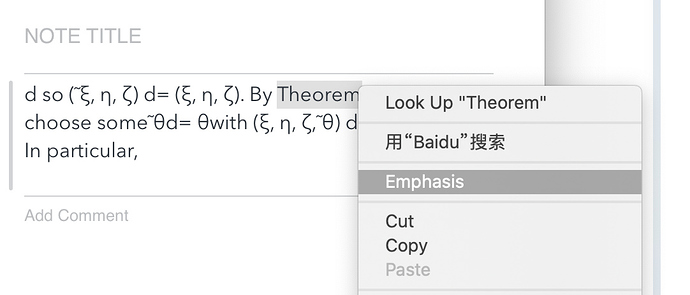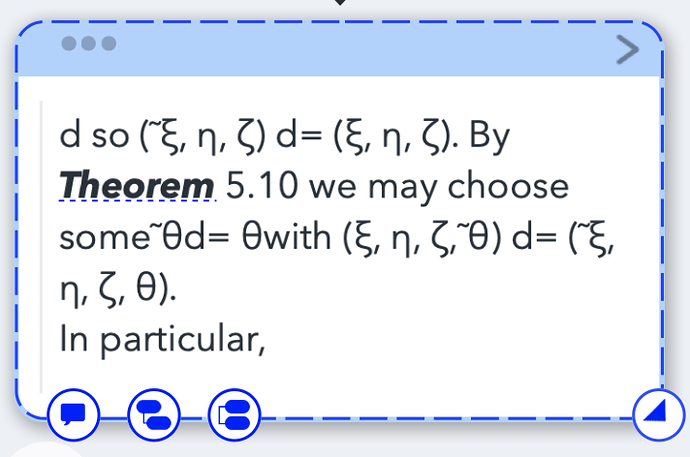Font > Italic
is different from
Right click menu > Emphasis
We did update your request to set the underlining feature to italics, but I realize that what you are following up on is something else, a bug in the font settings, it is not the underlining feature that we are talking about, I have misunderstood, this is obviously a simple bug and we can fix this immediately in the next version!
I didn’t understand the situation before. I thought it was resolved.

